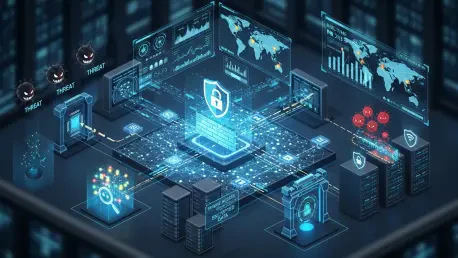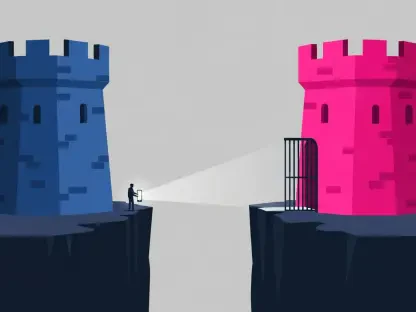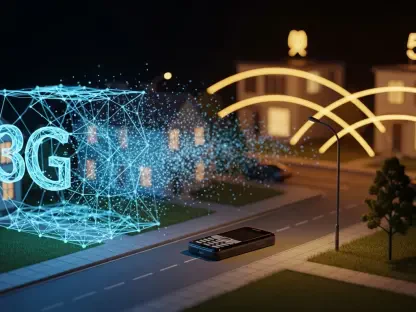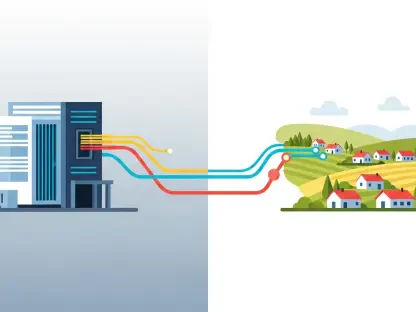I’m thrilled to sit down with Vladislav Zaimov, a seasoned telecommunications specialist whose deep expertise in enterprise networks and risk management has shaped innovative solutions for some of the industry’s biggest challenges. Today, we’re diving into the evolving landscape of networking, exploring how his insights and leadership are driving advancements in simplifying complex systems, enhancing security, and addressing the future of connectivity for businesses worldwide.
What inspired your focus on making enterprise telecommunications more accessible and secure, and how has your journey shaped your approach to tackling network vulnerabilities?
Thanks for having me. My passion for this field started with a realization early in my career that networks, while critical to business operations, were often overly complex and prone to risks that weren’t being adequately addressed. I’ve seen firsthand how a single vulnerability can bring an organization to its knees. My approach has always been to simplify the infrastructure without sacrificing security—think of it as building a fortress that’s easy to navigate but tough to breach. Over the years, working with diverse enterprises, I’ve honed a strategy that prioritizes proactive risk management, ensuring networks are both user-friendly and resilient.
How do you see the balance between simplicity and robust security playing out in modern network design for large organizations?
It’s a tightrope walk, honestly. Large organizations need systems that their teams can manage without a steep learning curve, but the scale of their operations makes them prime targets for cyber threats. I advocate for designs that embed security at every layer—firewalls, encryption, and real-time monitoring—while automating routine tasks to reduce human error. The goal is to make the network feel seamless to the end user, whether they’re an IT manager or an employee, while under the hood, it’s a fortress. It’s about leveraging technology to handle complexity so people don’t have to.
Can you share a memorable challenge you’ve faced in managing vulnerable networks, and what lessons it taught you about risk mitigation?
Absolutely. A few years back, I worked with a multinational company that had a sprawling, outdated network. They suffered a breach that exploited a forgotten legacy system no one even knew was still active. It was a wake-up call. The lesson was clear: visibility is everything. You can’t protect what you don’t know exists. From then on, I’ve emphasized comprehensive audits and continuous monitoring as non-negotiables. It’s not just about building defenses; it’s about knowing your terrain inside out. That experience shaped my belief that risk mitigation starts with relentless documentation and mapping of every network asset.
What trends in telecommunications do you think are most critical for enterprises to pay attention to over the next few years?
I’d point to the rapid adoption of 5G and edge computing as game-changers. 5G isn’t just about speed; it’s enabling real-time applications that demand ultra-low latency, which is huge for industries like manufacturing or healthcare. Edge computing, on the other hand, is pushing data processing closer to where it’s generated, reducing strain on central networks but introducing new security challenges. Enterprises need to rethink their architectures to capitalize on these technologies while ensuring they’re not opening new doors to risks. It’s an exciting time, but it requires a strategic mindset to stay ahead of potential pitfalls.
How do you think the industry can attract fresh talent to network engineering, especially when the field often feels overshadowed by flashier tech roles?
That’s a big concern. Network engineering can seem like a grind with all the manual, repetitive tasks it often involves. I believe the key is to automate the mundane—things like configuration and basic troubleshooting—so engineers can focus on creative problem-solving and innovation. We also need to showcase the impact of this work. Networks are the backbone of every digital transformation; without them, nothing else functions. By highlighting real-world outcomes and offering mentorship, we can make the field more appealing to young professionals looking for meaningful challenges.
What’s your forecast for the future of enterprise telecommunications, especially in terms of balancing innovation with security?
I’m optimistic but cautious. The future will likely see even tighter integration of advanced technologies like AI-driven threat detection and software-defined networking, which can dynamically adapt to threats and demands. However, as we innovate, the attack surface will grow—think IoT devices, remote work endpoints, and more. My forecast is that successful enterprises will be those that embed a security-first mindset into every innovation. It’s not about choosing between speed and safety; it’s about building systems where they reinforce each other. We’re heading toward a world where networks are smarter and more autonomous, but only if we prioritize trust and resilience from the ground up.









